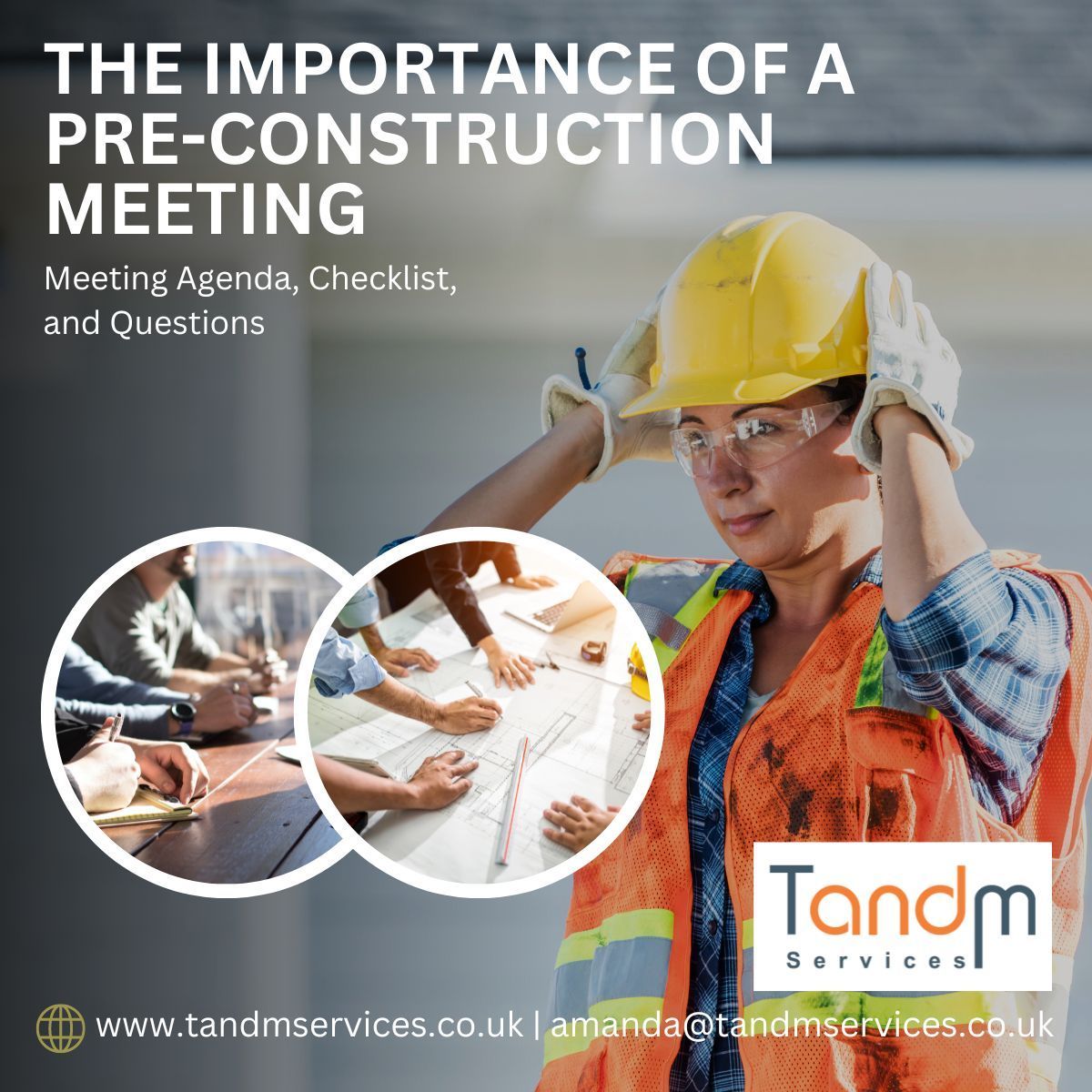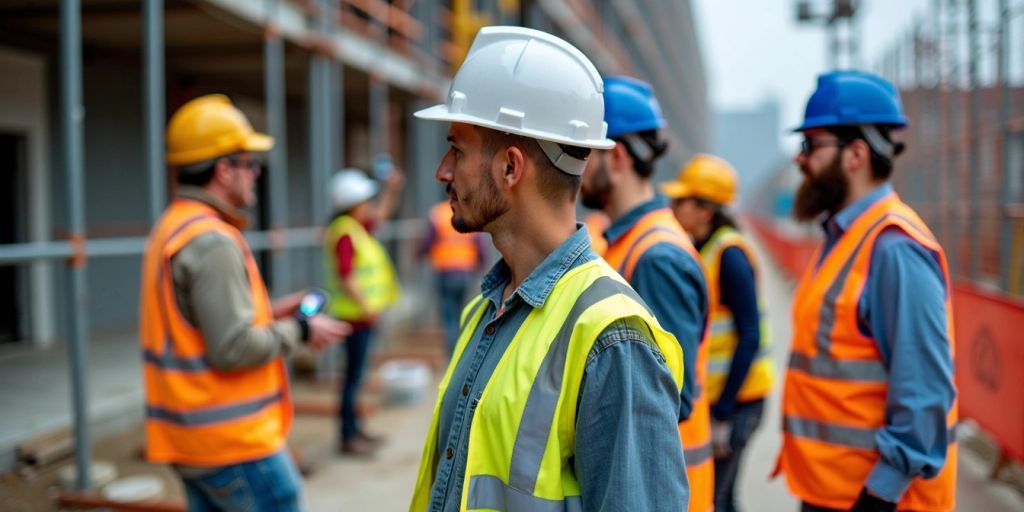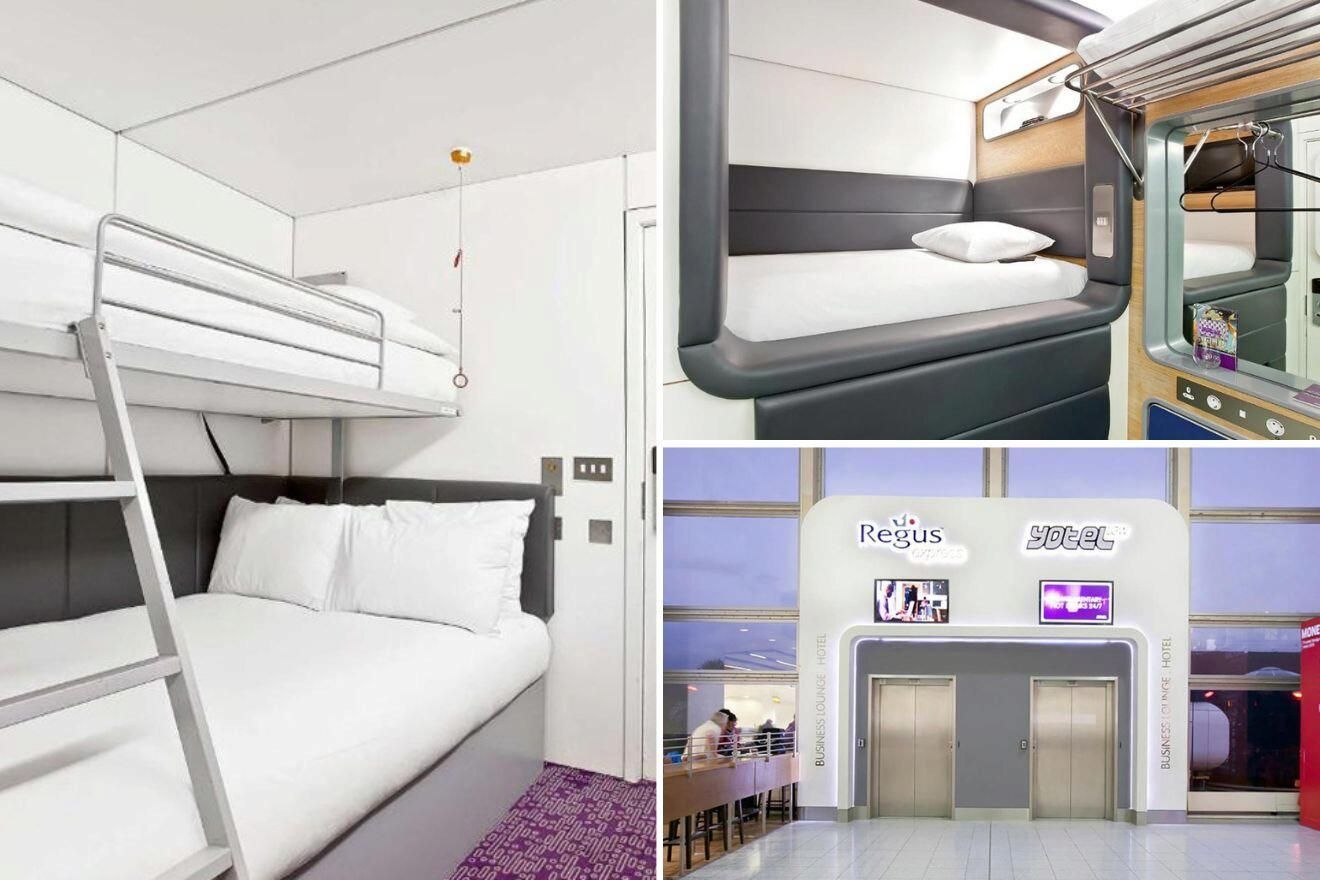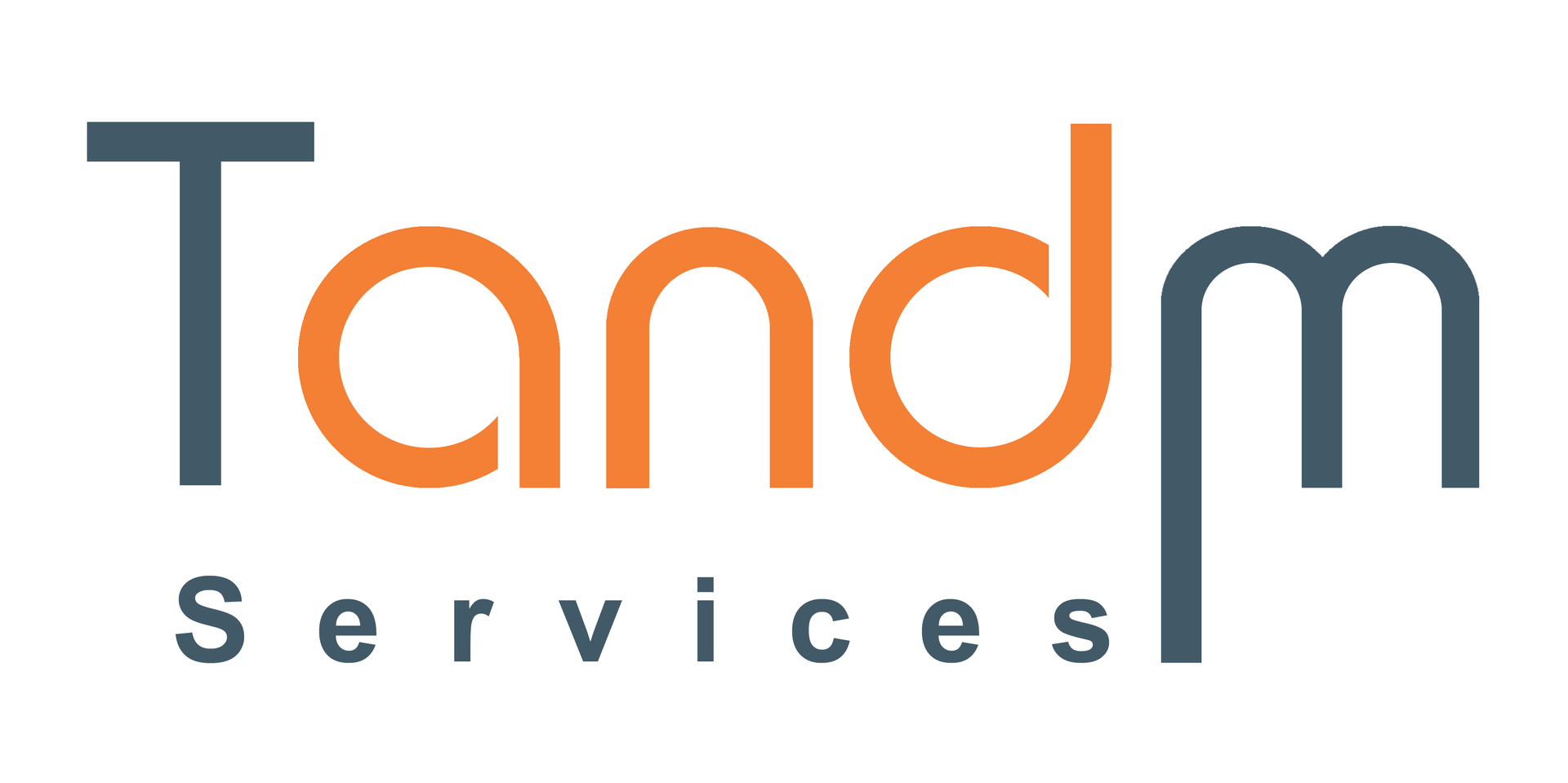The Importance of a Pre-Construction Meeting

Before a construction project begins, you need to have a pre-construction meeting. In these meetings, key stakeholders will be going through things such as project schedules, drawings and blueprints, cost estimates, quality control, a safety plan, permits, worker schedules, and more.
A good pre-construction meeting is key to the successful execution of the project, so it’s important to understand how to do them right. This guide helps you understand what a pre-construction meeting is and how to run one effectively.
What Is a Pre-Construction Meeting?
A pre-construction meeting is a meeting in which the client and project team, which includes the construction company’s personnel, consultants, and contractors, get together to establish authority and communication, clarify responsibilities, identify potential issues, and plan for a successful project before starting on site.
Who Runs a Pre-Construction Meeting?
The construction project manager typically runs the pre-construction meeting. The project manager will be responsible for gathering all of the key stakeholders and setting the agenda for the meeting.
Why Are Pre-Construction Meetings Important?
Pre-construction meetings are important for four main reasons:
- Ensures all parties have a chance to voice concerns and request changes: This is an opportunity for key stakeholders to raise any concerns in the interests of construction risk management. Whether anyone has questions about site conditions or wants to make revisions to the scope of work involved, a pre-construction meeting provides the right forum and perfect timing to do so. Once the project begins, it’s hard to make significant changes.
- Establishes a chain of communication and command: The pre-construction meeting should establish who is in charge and who reports to whom. This ensures no communication breakdowns during the project.
- Ensures everyone involved with the project is aware of their responsibilities: A good pre-construction meeting will ensure that everyone understands what their role is in the project, and it gives them an opportunity to ask clarification questions.
- Helps avoid potential conflicts and miscommunication once the project begins: While miscommunication is inevitable during any construction project, an effective pre-construction meeting will limit them by ensuring everyone is on the same page.
How to Prepare for a Pre-Construction Meeting
All parties involved in a pre-construction meeting should be ready to discuss the agenda items and come prepared to talk over their responsibilities. The more prepared everyone is, the more efficient and effective the meeting will be. Also, everyone should be as transparent as possible during the meeting to ensure everyone’s needs are met.
1. Prepare Questions Before the Meeting Happens
By preparing questions beforehand, you can ensure you don’t forget to ask those critical questions before the meeting ends. Whether you have concerns about the timeframe or construction schedule or just questions about shop drawings, gather your questions before you get to the meeting.
Sample Questions Builders and Contractors Should Ask Clients
Here are a few suggestions of some questions that builders and general contractors might ask clients to ensure that there is no miscommunication once the project gets started:
- Are there any changes you want to make?
- Do you have any questions about finishes or materials?
- Do you know who to contact for updates on the project?
- Are you happy with the floor plans as shown?
- Is the budget still as planned?
- What are the main project milestones?
- Who is the main person to contact for each stage of the project? (ex. painters, electricians)
2. Gather All Important Documents, Blueprints, and Building Plans
Having all necessary documentation on hand is very important for a pre-construction meeting. These documents could be sent electronically beforehand depending on the preference of the builder or client, but they should still be brought to the meeting in case you need to pull them up for quick reference.
Here are a few examples of some documents you might consider bringing to the meeting:
- Project schedule
- Building material cost estimates
- Drawings and blueprints
- Site-specific safety plan
- Building permits
- Worker payment schedules
Each construction project and location is unique. Be sure to check with authorities etc to ensure you bring all necessary documentation to the meeting for your specific project, also making sure you have pavement licences, road closure licences, planning and building regs approvals etc in place.
3. Send a Copy of the Agenda Before the Meeting
It is vital to send a copy of the agenda to the entire team before you start the meeting. This helps them to make their own preparations for the meeting, such as coming up with questions or being prepared to talk briefly about their own role when they are called upon. You should also send it to those who will not be at the meeting but are still invested in the project’s success.
Pre-Construction Meeting Agenda Examples
When constructing an agenda for a pre-construction meeting, it’s important to consider how to make it beneficial, efficient, and informative for all involved parties. The order of your pre-construction meeting may shift depending on what is the most important to discuss, but should include information regarding the chain of command, payment schedules, the overall project milestones and schedule, what every worker’s responsibilities are, and outline safety plans and permits.
Conducting a Pre-Construction Meeting
When you run a pre-construction meeting, you should follow a few clear steps to ensure that you accomplish all of the goals of the meeting.
1. Go Over All Important Documents and Contracts with the Client
The first and most important step is to ensure your team and the client are on the same page. Go over all documents and contracts, especially those that need to be signed or finalised. If there are any questions or requested changes, this is a good chance to talk them over.
2. Go Over Payments, Safety Plans, and Inspection Plans
Another important step is to talk about things like how and when you will be paid for the work, stage payments etc, what kind of safety plan is in place to protect workers, and how the work will be inspected.
3. Ensure the Client and Subcontractors Are Aware of the Project Schedule
You should use this meeting to ensure the client and subcontractors understand the schedule of the project, including key milestones. By going over the timeline in advance with the client, you can be sure there are no unpleasant surprises and the client is not expecting you to get something done earlier than you actually can.
4. Review the Design
The pre-construction meeting is a good opportunity to review the building design on a room-by-room or area-by-area basis. For example, if you are building a new home, you should go over each room in the house with the client to ensure that they are happy with the design and won’t make last-minute changes during the project that could cause time and/or budget overruns.
5. Ensure All Contractors and Subcontractors Understand Their Role in the Project
The meeting is important for ensuring that your contractors and subcontractors know their role and what is expected of them. You should use this meeting to go over project responsibilities for each, the timeline, and the payment arrangements.
6. Discuss Potential Issues and Resolutions
From seasonal weather issues like freezing temperatures to being subject to timelines you can’t control, like inspections, every project typically has an issue come up. If you can anticipate potential roadblocks during the pre-construction meeting, you have all the stakeholders together to weigh in on potential solutions. This makes for effective and efficient problem-solving that not only keeps the project on track but also keeps the client happy.
7. Open the Floor for Questions
Chances are, someone in the group is going to have questions, so carve out some time in the agenda for anyone on the team or the client to ask questions. These questions may be prepared beforehand, or they may be off the cuff and based on conversations during the meeting. Either way, it’s important to create time as your team can alert you to issues you haven’t even considered.
8. Walk the Site Where the Project Is Happening as a Group
It’s always good practice to do an on-site walkthrough with the key stakeholders before construction begins. It’s one thing to review a project in documents, and quite another to actually visit the site in person. This also allows them to come up with questions and spot potential issues that would not have been apparent within project documentation.
Can You Make Changes after a Pre-Construction Meeting?
If there are changes during the pre-construction meeting, make simple changes promptly. You generally should not submit major changes after a pre-construction meeting because it can inflate the budget, slow down the project timeline, or even require you to hire more workers.
You will need to think over the results of the meeting and carefully decide on what changes should be implemented and which should not. While verbal changes may speed up the process, any new changes should be made in writing and may require getting new signatures of approval.
How Long After the Pre-Construction Meeting Does Construction Start?
The pre-construction meeting generally takes place just before construction begins and after the conception, team selection, and project design construction phases. It essentially wraps up the planning phase and kicks off the construction project, which is why it is such an important step.
Conclusion
As you can see, a lot takes place during the pre-construction meeting. It really sets the foundation for the project and the difference between success or failure of a project can come down to an efficient. It is a legal stage of the project and should be thoroughly and accurately documented.
Construction Site safety










